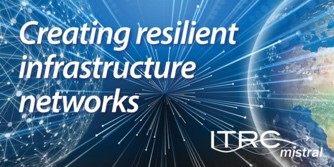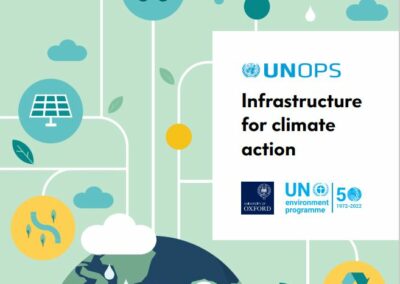Sustainable development is development that meets the needs of the present without compromising the ability of future generations to meet their own needs. Over the past four decades, the concept of sustainable development has become an increasingly central theme of nation states and their citizens. Amongst others, the Sustainable Development Goals (SDGs) – as part of the 2030 Agenda for Sustainable Development – demonstrate high-level international commitments in this area, on the part of governments, international organizations, business and civil society.
By providing and supporting essential services, networked infrastructure systems, such as energy, transportation, water, waste management and digital communications form the backbone of modern society. As well as providing for people in their homes, the services from these infrastructure systems support other non-networked infrastructure systems that are critical for the functioning of society. Non-networked systems are comprised mainly of a single asset type, a building or a facility, which supports the delivery of a service. These include hospitals, schools, industrial facilities, community centres and government buildings.
However, no infrastructure system exists in isolation. Interdependencies between the assets, institutions and knowledge that make up an infrastructure system mean that infrastructure must be considered as a system of interacting systems: a ‘system-of-systems’.
Networked infrastructure is explicitly mentioned in SDG: 9 (Industry, innovation and infrastructure) and at the sectoral level in SDG 6 (Clean water and sanitation) and SDG 7 (Affordable and clean energy). The services delivered by non-networked infrastructure feature more prevalently across numerous SDGs and dimensions of development, including education, healthcare and the rule of law. Figure 1 provides a graphic representation of how infrastructure forms a central component of the SDGs – underpinning sustainable development.
Despite the intuitive connections between infrastructure and sustainable development, the true in influence of infrastructure remains under-explored in theory and underexploited in practice. It is with this potential in mind that this study has been developed. First and foremost, this study explains the specific influences that infrastructure, both networked and non-networked, have on the SDGs. These in influences are supported by concrete examples of how infrastructure is contributing towards sustainable development in practice – helping to advance the 2030 Agenda.


